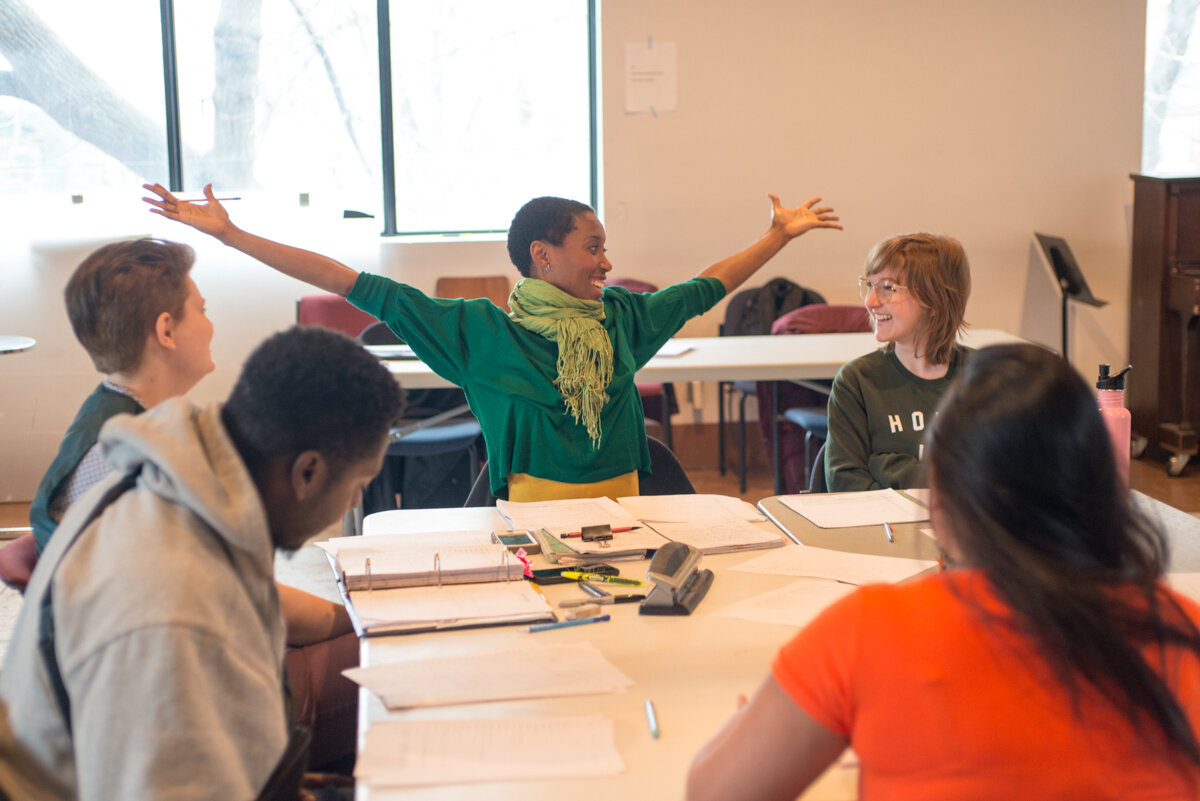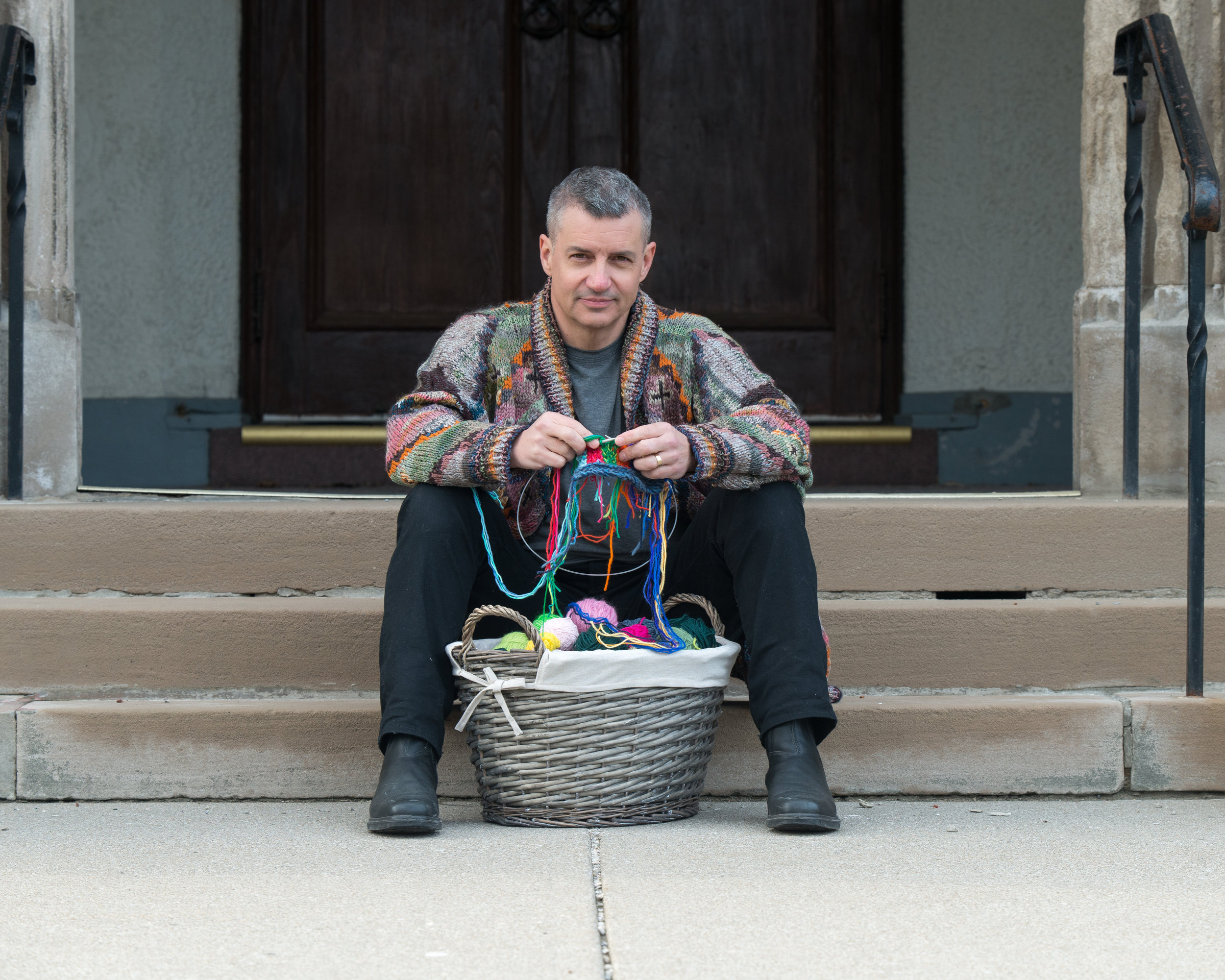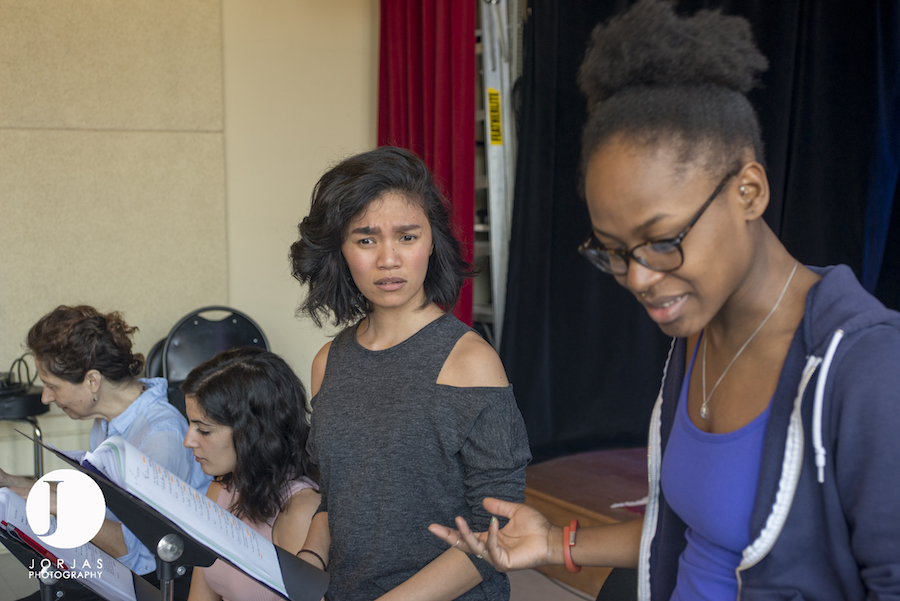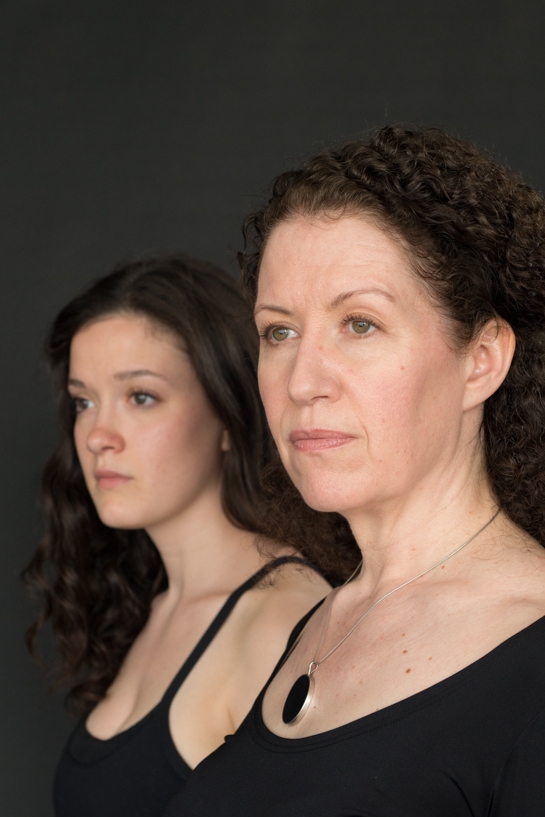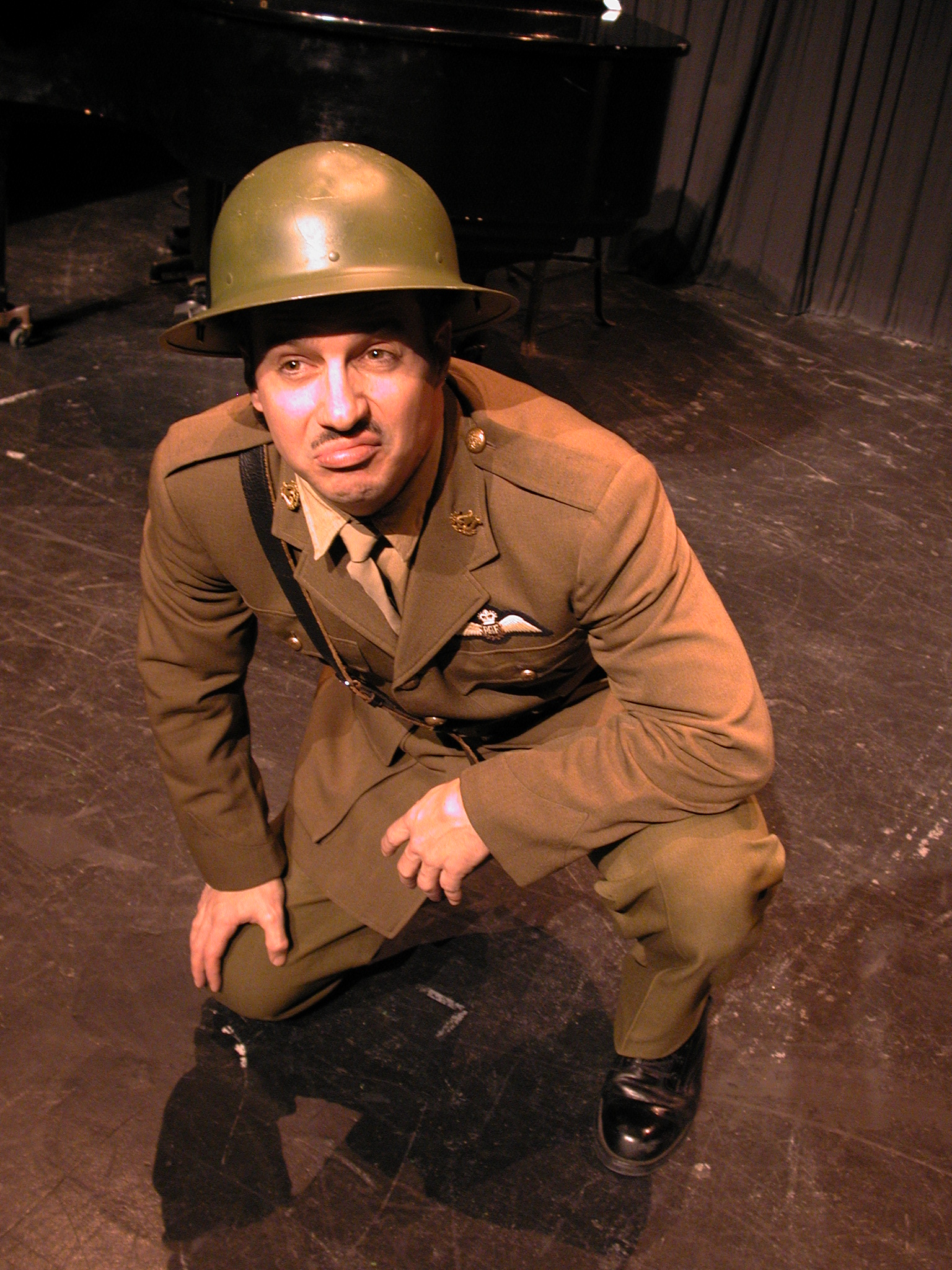The serendipitous inspiration for Being Helen
By Laurie Fyffe
When I was still in my twenties, I took a job with a Calgary based company, West Odori Productions. Odori was creating and touring a show to Manza Onsen Hotel in the central district of Japan’s Gunma Ken province. Onsen refers to the sulfur hot springs that fed into the hotel’s saunas and bathing pools. Myself and four other Canadian actor/dancer/musicians whipped up “The Canadian Variety Show”, a performance that required me to do a Cancan dance as a ‘Canadian cowgirl’, sing in Japanese dressed in full Kimono, and belly dance, a performance particularly popular with the Japanese.
After the show ended, I headed south through Hong Kong and Thailand and on a whim took at detour to the Island of Koh Samui. Not yet a tourist hot spot, Samui was only accessible by ferry. I checked into White Sands Bungalows and found myself in a little straw hut with a door that opening on a beautiful expanse of sand and sea, beyond which lay the Gulf of Thailand.
I was running along the waterfront, well after sunset one night, glorying in the freedom of my incredible surroundings, watching the dazzling display of green and gold phosphoresce in foaming surf, when a log loomed up in front of me. I leapt over it. That night I dreamed that a young girl, wearing a pink and blue sarong, walked out of the sea and stood in the doorway of my hut while the ocean waves crashed behind her.
Early the next morning, as I walked along the beach toward the compound for breakfast, a group of travellers and people from the village were gathered around a body lying in the sand at the water’s edge. My log.
At that time, boats full of refugees were still landing on the shores of Thailand, crammed with people desperate to escape Viet Nam, and the chaos of Cambodia after the genocide perpetrated by the Khmer Rouge. There were reports of pirates attacking these fragile craft, stealing people’s possessions, raping women and throwing them into the sea, and then sinking the boats. The Thai policeman who viewed the girl’s body decided that this had been her fate. I remember specifically that an older man from the village insisted she was Cambodian, not Vietnamese. She was wearing a Sampot, not a Sarong. But, as she was not local, the job was to dispose of the body as quickly as possible.
It was my first and most intimate brush with war. To see this young woman, about fifteen, lying in the sand, to witness her body dragged to a spot beneath the palm trees and burned, had a profound effect on me.
After the flames died down, myself, an Aussie girl named Shari, and a young Thai man, Dow, stood staring down at what was left of the corpse. We could make out a few charred bones, and a string of what looked like fragile pebbles of ash. Her backbone.
“It feels like we should do something”, said Shari, “I mean, she was a person, someone loved her.”
Dow told us this girl was not the first body. The local people found it unsettling that such restless spirits were coming to the Island.
So, there, on a beach in Thailand, standing next to the ashes of an unknown girl, I recited the Lord’s Prayer. When I’d finished that short invocation for mercy, Shari said: “That was good. It feels better now, somehow.”
We left the girl’s grave and walked back along the beach. Her pink and blue Sampot was still lying on the shore, weaving its way into the sand, gradually being buried by the incoming waves. No one touched it.
Over the past four decades, I have watched war and conflict take their toll, and I have always wondered, what ‘s happening to the young girls right now, in Bosnia, in Rwanda, Afghanistan, Iraq, and Syria? Are they hiding, fleeing, fighting, being raped, buried alive in the rubble of conflict, or taking up arms? It sometimes seems as if women’s bodies are the real ground upon which wars are fought, the true land of conquest, the psychological geography that must be claimed by the victor. Possess the territory by violating its women, a strange and primal symbiotic relationship.
Helen of Troy, we are told, was the instigator of the Trojan War. Her elopement, or abduction, by Paris, left the Greeks with no option but to defend their honour by launching their preemptive war. It’s all about land and legacy. The enemy will wipe you and your progeny from the face of the earth and history. By leaving her husband, King Menelaus, and skipping off with Paris, the Eastern Prince of Troy, Helen was aiding and abetting that very threat.
Helen turned her back not only on her country, but her heritage and genealogy. She denied Menelaus his bloodline, and if she bore Paris’ children, would blend two distant royal lines. What we might now regard as a potential act of diplomacy, often negotiated for the sake of securing alliances in later centuries, the Spartans saw as blatant betrayal. And so to war.
But Helen isn’t the only woman in this picture. Homer’s Iliad gets off to a disturbingly un-heroic start by detailing the petty quarrel between Agamemnon and Achilles over the captive Briseis. And lest we forget, before they even got to Troy a girl had to die. As the Greek’s black ships were ready to set to sail, the wind suddenly died. Consulting the Oracle of Delphi, the Greeks are told that Agamemnon must sacrifice his daughter Iphigenia. Sacrifice meaning slit her throat or put a knife through her heart. Of course, when the war is over, we have the remnants of Priam’s royal family languishing in expectation of slavery. The first to suffer will be Andromache, whose infant son Astyanax, will be thrown from the battlements; so much for Hector’s line. Hecuba, Paris’ mother and King Priam’s widow, in what seems like an act of mercy, will collapse and die of grief before the Greeks can drag her off to the scullery. And finally, Cassandra, Hecuba’s vainly prophesizing daughter, will be dragged into the household of Agamemnon, the returning conqueror, where waits Clytemnestra, axe in hand, to avenge the death of her slaughtered Iphigenia, completing this cycle of death.
As for the justifiably brooding Helen painted by Anthony Frederick Augustus (1829-1904), her fate is a mystery. Euripides, in his play Helen, doesn’t even send her to Troy. After she and Paris are washed up on the beaches of Egypt, King Proteus offers sanctuary – and a lecture. This act of adultery will only cause trouble. (He knew!) Paris can go, but Helen must say. In order to fulfill the necessity of a Helen of Troy, Aphrodite steps in and conjures a counterfeit. Which of course is the chief inspiration for Being Helen.
I also looked into the archaeological discoveries of the city of Thonis-Heracleion, the convoluted excavations that took place over decades on the site of Troy, and I consulted the inspired historian Bettany Hughes, who nurtures a passion for Helen’s story.
Aphrodite, that pesky goddess of love, can take a lot of credit for Helen’s fate, and our own. To whatever degree her interference is blessing or curse, she is Helen’s maker. And thanks to Aphrodite, we live in a world of counterfeit creatures famous for being beautiful, whether real or augmented. Our culture worships beauty as much, if not more, than the Greeks and Trojans. The beautiful tell us what to think, how to act, they even comment in all their beautiful wisdom on affairs of state. Online, the unreality of beauty has soared to new heights, we may all one day venture out into the world as tantalizing avatars, or artificially vain human beings, while our fallible flesh gets to relax at home eating potato chips on the couch.
Being Helen is still all the rage. But as much as we stand in her thrall, deep down, crouching in the inner circles of hades – the lower depths of the internet – are the trolls of hate, for whom praise can turn to persecution in the instant, and heaven help the Helen who ages. As much as Helen incites the desire to possess, she also triggers the lust for revenge, how dare she wield such power. Doesn’t she know we can destroy her, ravage her - throw her overboard? Yes, as much as we love Helen, paradoxically we harbor a secret desire to see her ended.
Beauty is still a weapon, wielded to entice, mock, and humiliate the enemy. “Look what I got”, cries Paris on his return to Troy. Look at my Helens, says Kim Jong-un of North Korea, sending his Army of Beauties to the Olympics. ‘My beauties are more beautiful than your beauties. And, what’s more, if they neglect to weep at my image on a poster, I can have them all shipped off to a concentration camp.’ Which terrible fate he apparently inflicted on twenty-one former beauties that couldn’t keep quiet about how great life was in South Korea.
Paying homage to beauty, controlling beauty, or destroying it, all flows from the same toxic fountain of lust and power. Desire and conquest go hand in fist. ‘Being Helen’ was ever thus.



